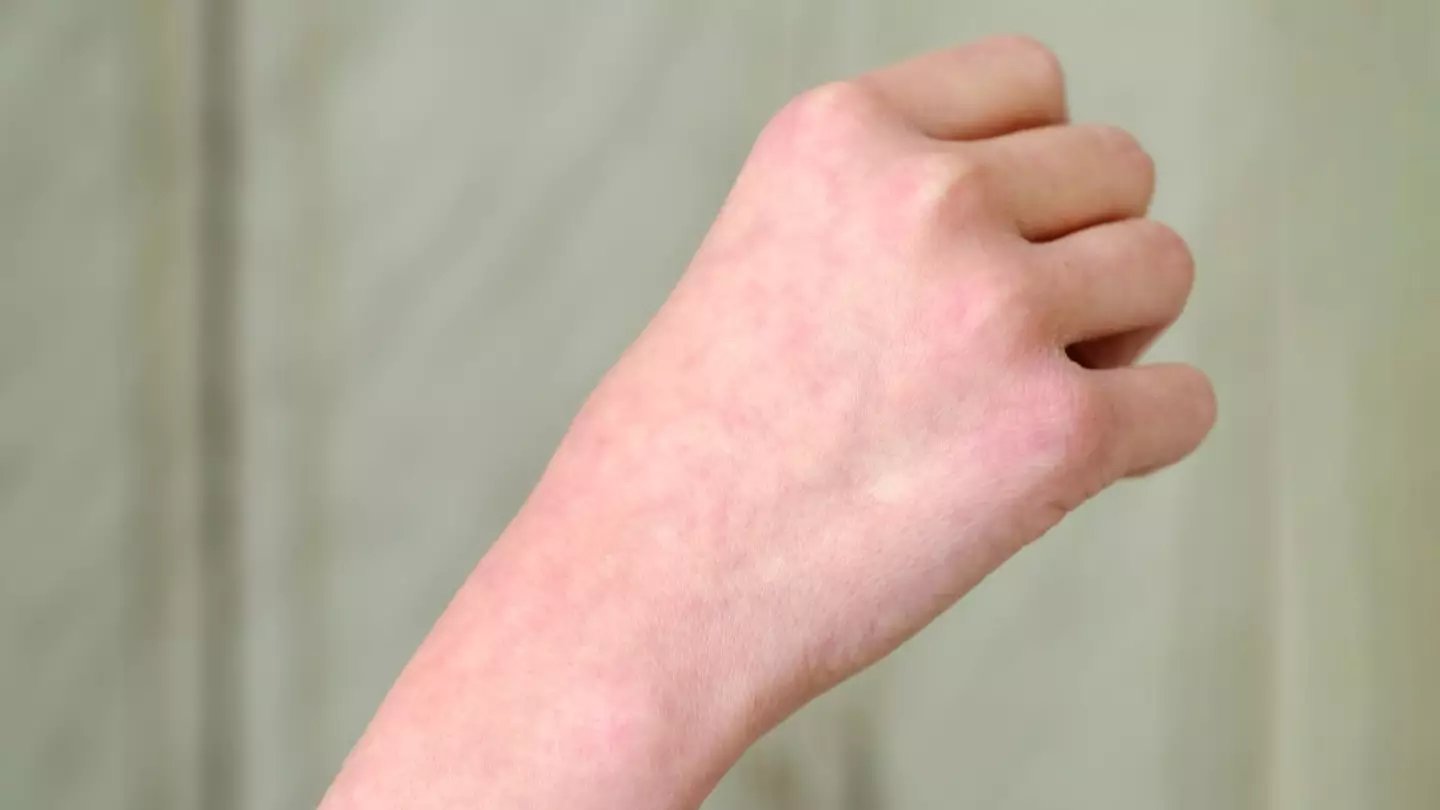Subtle change in someone’s skin could be a sign they’re about to die
Expert agencies have said the discolouration is often painless and harmless, but could also indicate you have an underlying condition
Featured Image Credit: Getty Stock ImageTopics: Women's Health, Health, Science, Advice


